Hazardous plants
A few plants cause harmful effects when touched or ingested. Do not touch plants unless you are certain they are harmfull. Do not eat wild plants.
Poison ivy
Recognition
- Grows as a trailing vine, climbing vine, or shrub
- Stems of three leaflets
- Shiny with a smooth surface and smooth edges
- Red, yellow, orange in fall, otherwise green
- Hairy vine
- Common in wooded areas, especially in breaks in the tree line where sunlight shines through
- Can grow quite high
Treatment
- Wash affected area with rubbing alcohol or degreasing soap and warm water
- Scrub thoroughly
- Apply calamine lotion or hydrocortisone cream to relieve itching
- Get medical help if eyes or genitals are affected or if plant parts are ingested
- Change clothes as quickly as possible
- Wash affected clothes separately with hot water and detergent
- Apply rubbing alcohol or soap and water to everything that may have touched the plant
Poison ivy causes rashes by spreading an oil called urushiol. Urushiol must be on the skin for 10 to 20 minutes before it begins causing problems.
A small portion of humanity is immune to urushiol. Even so, avoid contact because unknowingly spreading it is more harmful than being vulnerable.
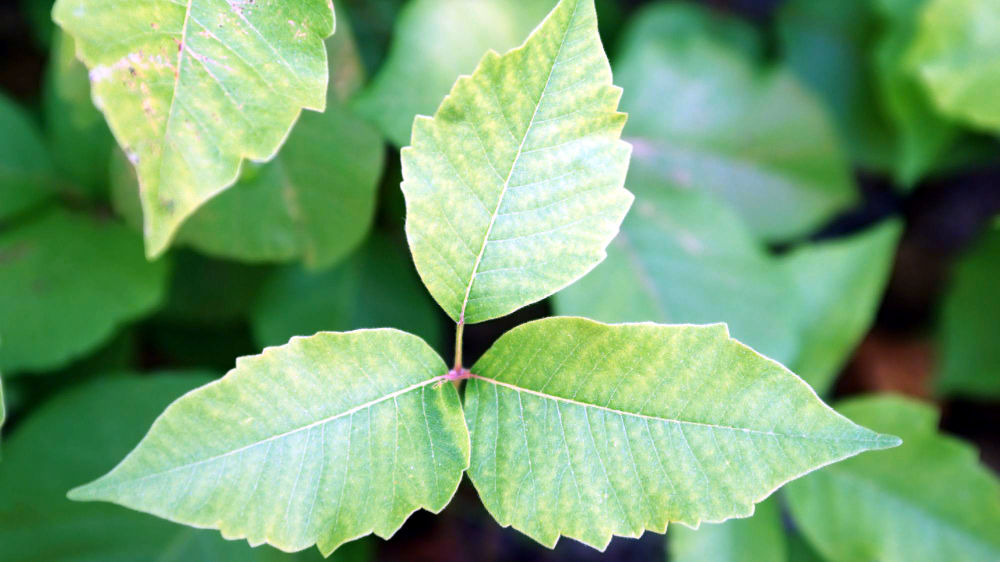
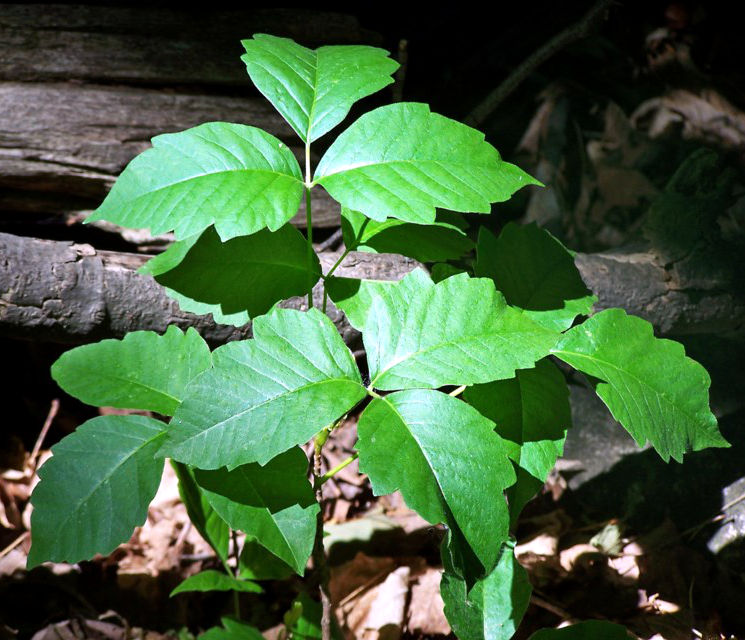
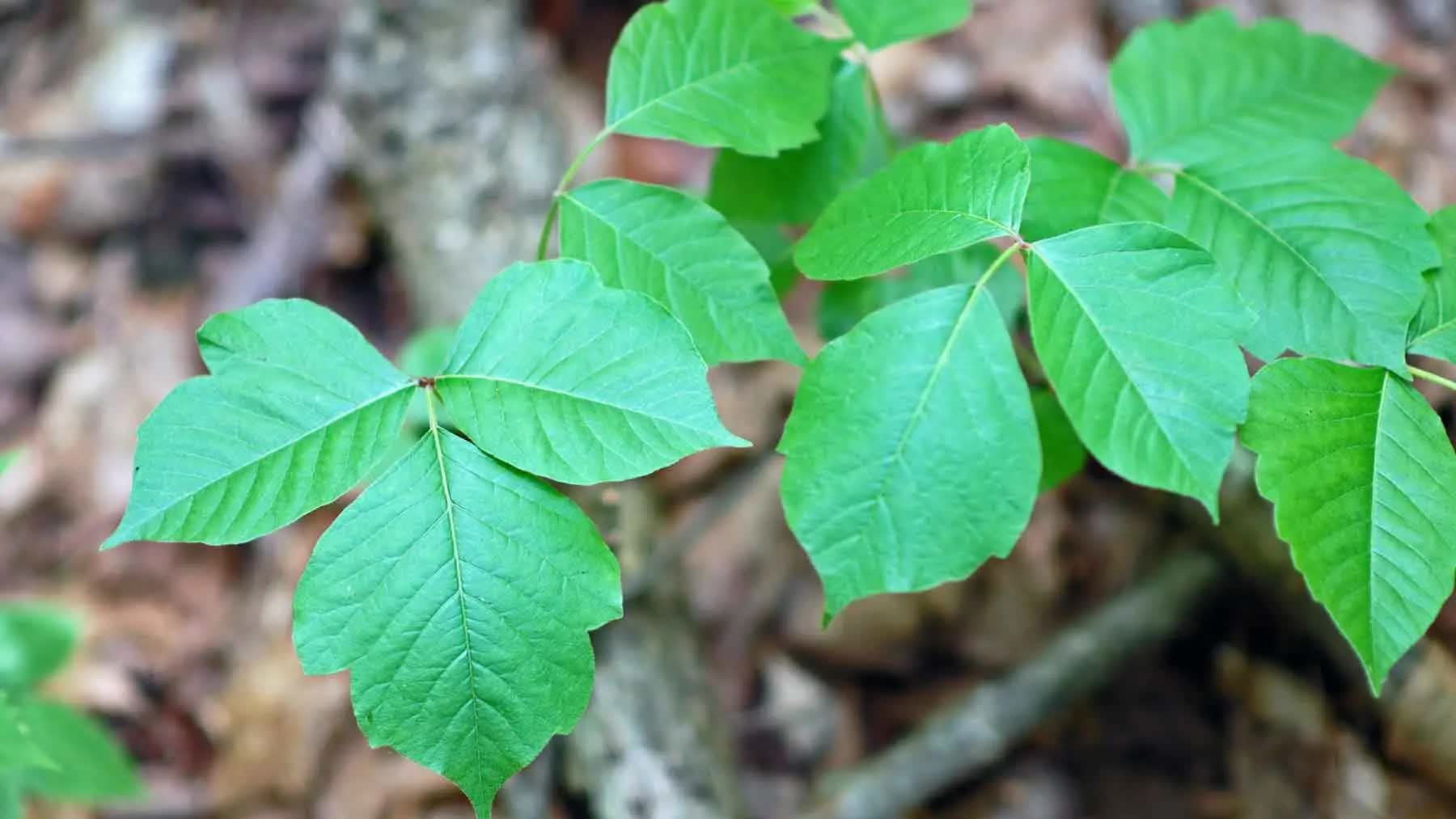
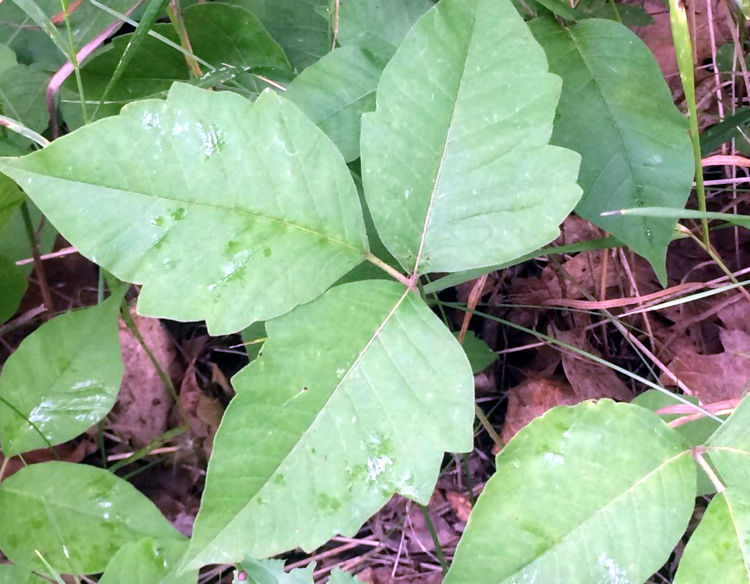
Poison oak
- Grows as a woody vine or shrub
- Has stems of three leaflets
- Leaves are toothed and have lobed eges like oak leaves
- Leaves are bright red in fall and green otherwise
- Common in wooden aresa, dry barrens, and coastal plains
Poison oak has similar effects to poison ivy.
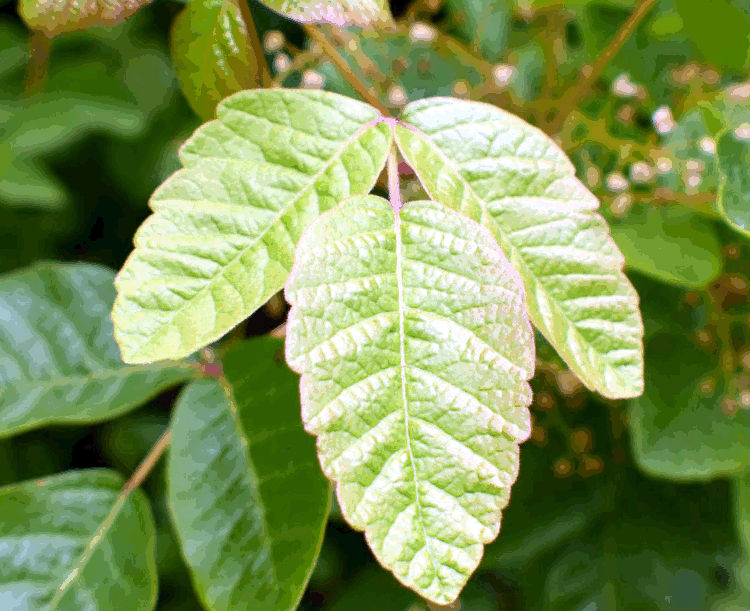
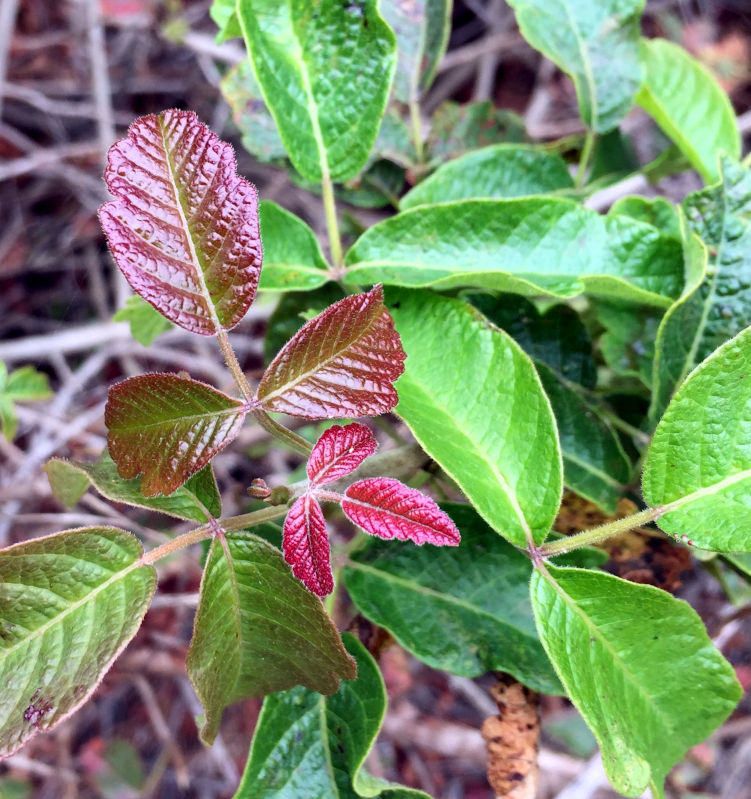
Poison sumac
- Grows as a small tree or tall shrub
- Leaves of 7 to 13 inches
- No hair on stems
- Leaflets appear in pairs except for leaflet at end of stem
- Depp red in fall
- Appears in swampy, boggy areas
- Often confused with other forms of sumac
Poison sumac has similar effects to poison ivy.
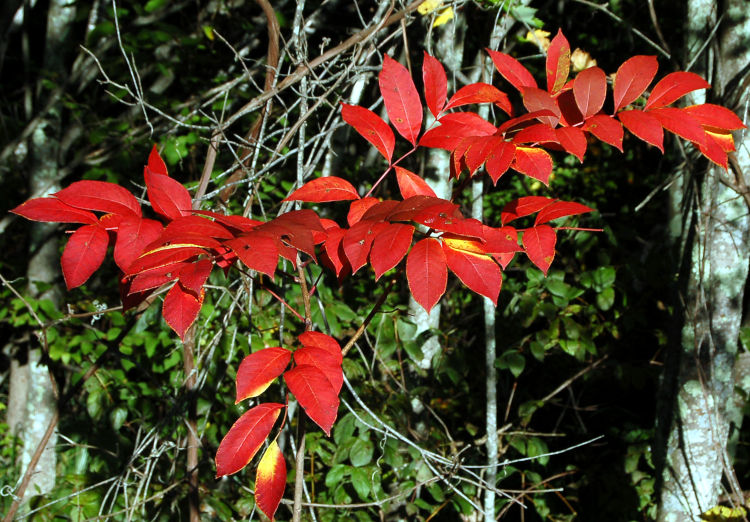
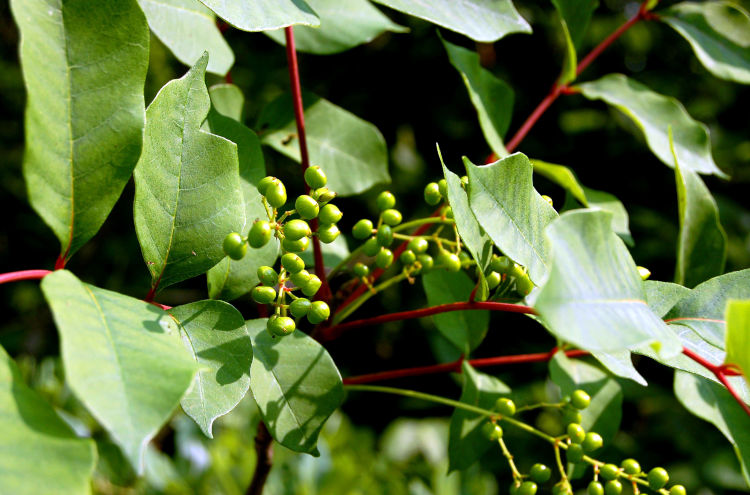
Stinging nettle
- Single stalked perennial
- Sting nettle stems (whcih are singular) grow up to 1.5 feet with sharp angles
- Stems are green or purple
- Rhizomatous stems up to 8.2 feet in diameter
- Leaves are arranged opposite on the stem
- Leaves are oval or lance shaped, 2-4.5 inches long and 0.8-1.2 inches wide
- Leaves have serrated edges and are covered in stinging hairs
- Flowers are in clusters on the axils of the leaves with green flowers
- Flowers have only sepals, no petals
- Usually found in moist, wooded, open, and disturbed areas
Stinging nettles have hollow hairs that cause a stinging sensation.
Foxglove
- Height of 18-60 inches
- Alternating ovate to oblong leaves near lower part of stem
- Stem capped by tall one sided cluster of pendulous bell shaped flowers up to 2.5 inches long
- Flowers are purple, yellow, or white sometimes with spots within
- Biennials
Foxglove causes heart failure, nausea, vomiting, cramps, diarrhea, and mouth pain when ingested. It can be fatal.
Views: 398
Replies coming soon